Insights
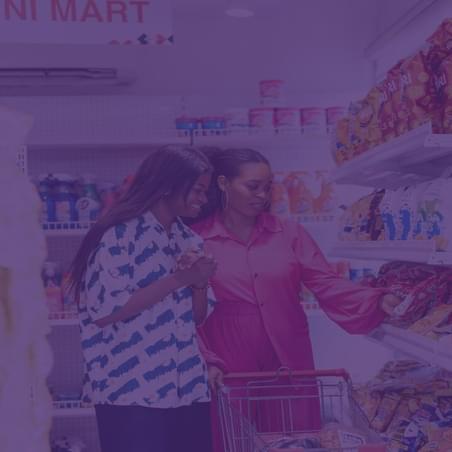
06 Jan, 2026
Beyond Trend Hunting: Five Shifts Worth Betting On in 2026
Read More
Andy Wardlaw
04 Jan, 2022 | 3 minute read
If 2021 was about adjustment towards more permanent transformation, 2022 must be about activation against fundamental shifts in consumer behavior. As we all take stock of the latest round of trends reporting, our Chief Ideas Officer reports on 5 overarching frameworks designed to guide your innovation planning.
It’s fair to say that our world is still in a state of flux. In fact, with Omicron, we are considerably more fluxed than we were even a week ago. The prolonged impact of this pandemic is deepening shifts in people’s priorities and brands must continue to adapt. A new industry survey for WARC found that 73% of marketing professionals agree that this pandemic will once again have a profound impact on planning.
Casting my eye over where we are now, and dusting off my crystal ball, here are five evolving consumer dynamics that I believe should play a central role in your planning and execution of innovation in 2022.
For almost two years, we’ve got used to a heavily reduced repertoire of life experiences. In April, psychologist Adam Grant published a piece in the New York Times to highlight the prevalence of ‘languishing’ – the sense of stagnation and emptiness. Neurologists are now warning of impacts on brain function. They remind us that physical exercise and novelty are two of the most beneficial elements of brain health and that these continue to be massively suppressed. Our ability to make new memories has become harder, even affecting our perceptions of time.
In 2022, there will be an escalation of YOLO – the ‘You Only Live Once’ approach to life. It will manifest in a much more experimental consumer. The hospitality sector, deprived of a its Christmas boost, will lead the charge – with a roll out of more taster menus, offering customers easy ways to experience something new. Bar staff will find ways to make new beverage experiences more accessible. Mixologists will become the hottest property, accelerating availability of micro-cocktails – which are the perfect vehicle to try something new.
Shaker and Spoon deliver recipes designed by top mixologists that you can finish at home.
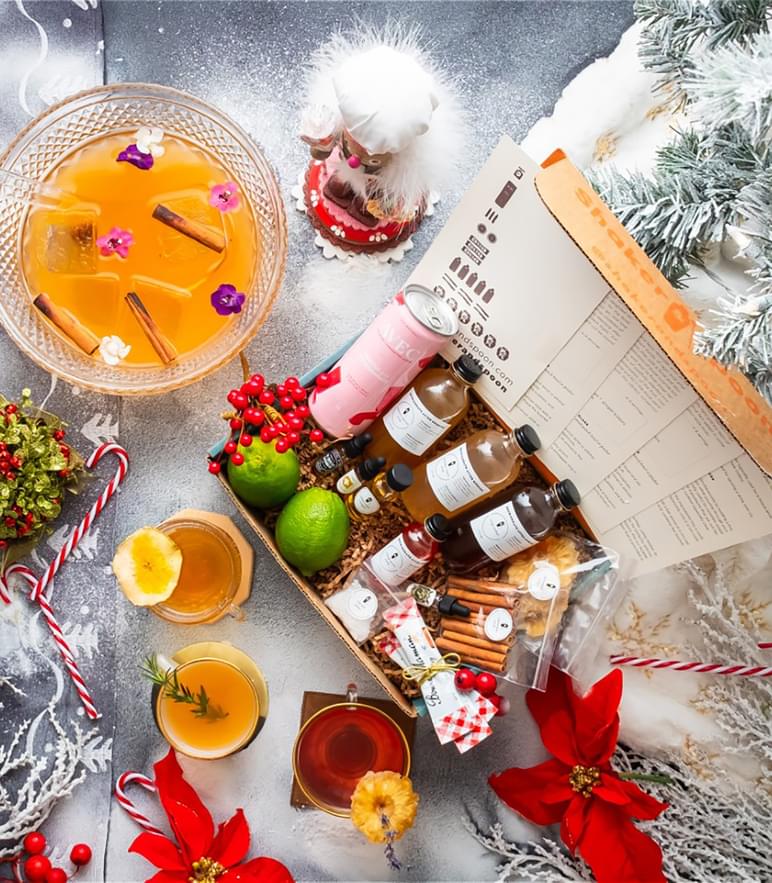
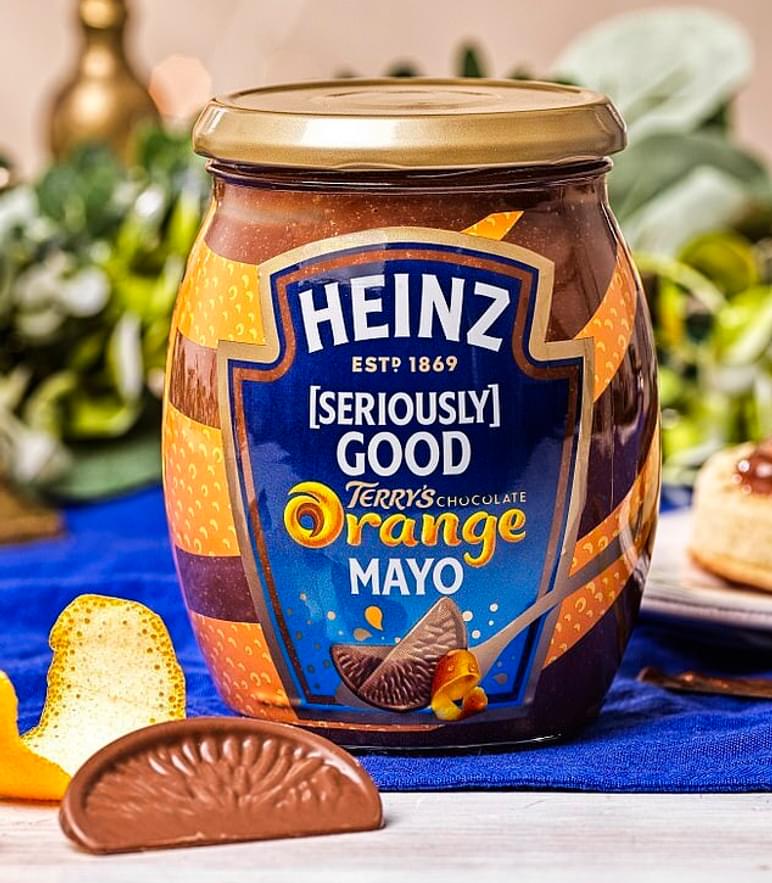
Long in the tooth food and beverage categories are slowly establishing a role in the entertainments industry.
For consumer packaged goods, there will be further escalation of tactical innovation designed to add excitement to mainstream categories. We already have Marmite making peanut butter, Heinz Seriously Good Mayonnaise collaborating with Terry’s Chocolate Orange and Clif Bar have just premiered a range of pet food. These are just warm up acts for what will come.
Now is the time to consider how you make it easier for people to try something new, pushing sensory boundaries and sweating the peak-end rule for your user experience.
One of the most concerning narratives to emerge from this pandemic is that of the ‘always on’ human. A recent study found that the average length of time an employee working from home in the UK, Austria, Canada, and the U.S has increased by more than two hours a day since the coronavirus crisis. UK workers have increased their working week by almost 25% - and employees in the Netherlands are increasingly logging off at 8pm. No wonder then that Gallup’s annual global emotions survey found that 40% of adults across 40 countries reported high levels of stress during the prior day – a record high.
We’ve already witnessed packaged goods respond to more mindful purchasing with options to calm, comfort and aid sleep. But it doesn’t end here. In 2022, we will see a wave of innovation supporting the mindfulness movement. More prolonged and involving consumption experiences that help people disconnect from the daily grind. Statista indicates that revenue from meditation apps is expected to grow by 18.75% CAGR until 2025. There are now whispers that even TikTok will get in on the mindfulness act.
Mindfulness products will incorporate rituals that help people transition out of high stress situations. They will offer extended flavor journeys and textures that demand to be savored.
Product developers must now ask themselves; how can I make my user experience more immersive? How can I benefit from the growth of the mindfulness movement?
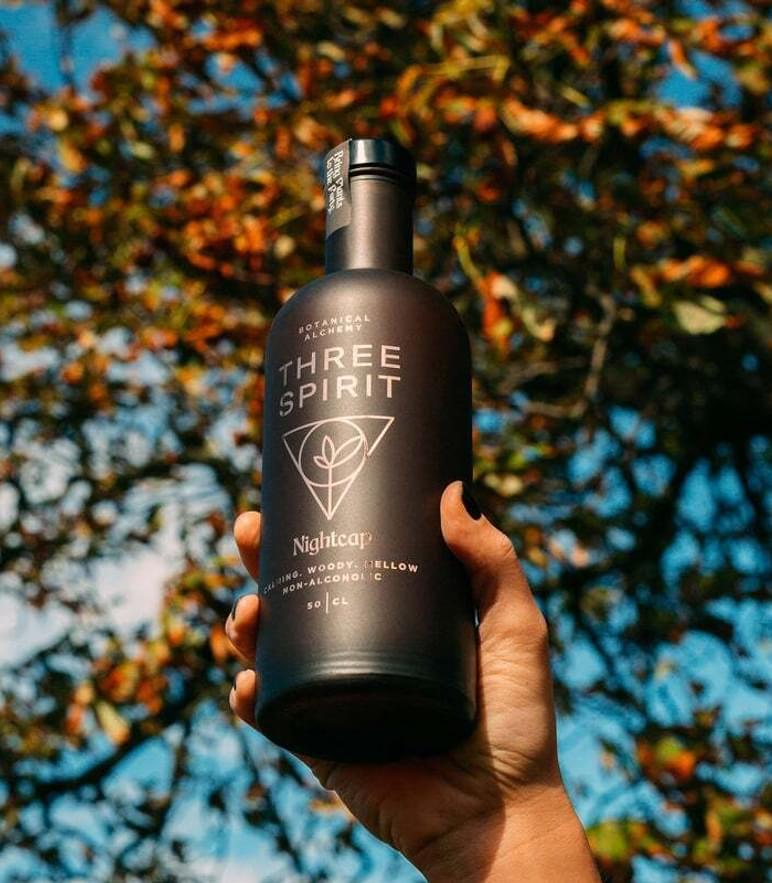
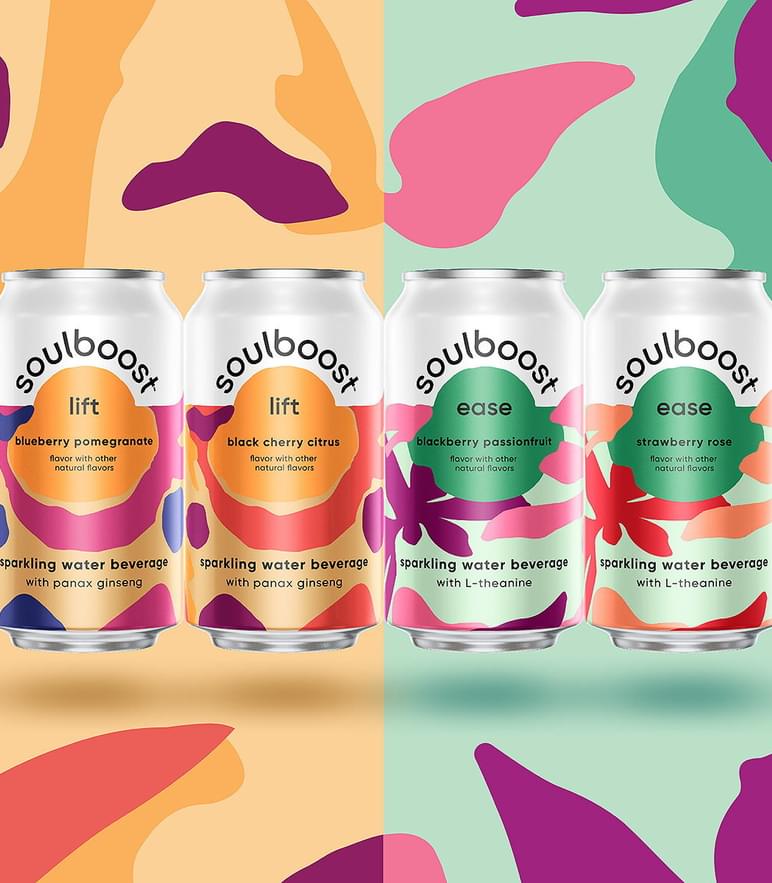
When the going gets tough, the tough buy more functional products. Since the pandemic, people have been flocking to food supplements in record numbers. Such is the demand for more out of our diets these days. MMR’s recent study into the world’s health priorities confirms that brain health is now battling for pole position. Products supporting cognitive function, whether it’s short term support for concentration, or longer term protection against cognitive decline will define the next decade of added value innovation in the wellbeing space.
A lot of progress has been made in recent years to clean up recipes and formulations, leading to more natural (less processed) propositions in multiple categories. As we move into 2022, people will increasingly favor products with seemingly scientific or emerging ingredients like L-theanine and Lions Mane.
With health and wellbeing a more serious concern, it follows that people will look to new ingredients to increase their guard.
Nearly two-thirds of Millennials reported burnout in 2021, so how can your category offer additional functional support, particularly in the areas of stress and sleep?
2022 is already shaping up to be a year when inflation worries will dominate the airwaves – the result of on-going supply chain issues and wage rises. Airbnb now costs more. Energy now costs more. An UBER is set to cost more. When it comes to our weekly groceries, the investment banking group Jefferies has indicated that the grocery sector is facing the worst commodity inflation since 2008.
No wonder then that a new study by PR agency Ingredient Communications has found that 94% of participants in the U.S and U.K have already noticed their food shopping bills have gone up. The survey found that people could withstand higher levels of inflation on staples like bread and milk, but in added value areas such as protein bars and probiotics, they are much more likely to abandon purchases. All of which means that shoppers will apply higher levels of scrutiny to your price point and will be more predisposed towards private label.
Private label will bounce back in 2022, propelled by a creative confidence that will add to its already established price advantage.
Brands will be forced to fight back and push category boundaries further - adding novelty and excitement in an attempt to divert attention away from price. Recently, the threat from private label has withered, but that is about to end.
How can you elevate the importance of your product and category in people’s lives, making it less vulnerable to substitution?
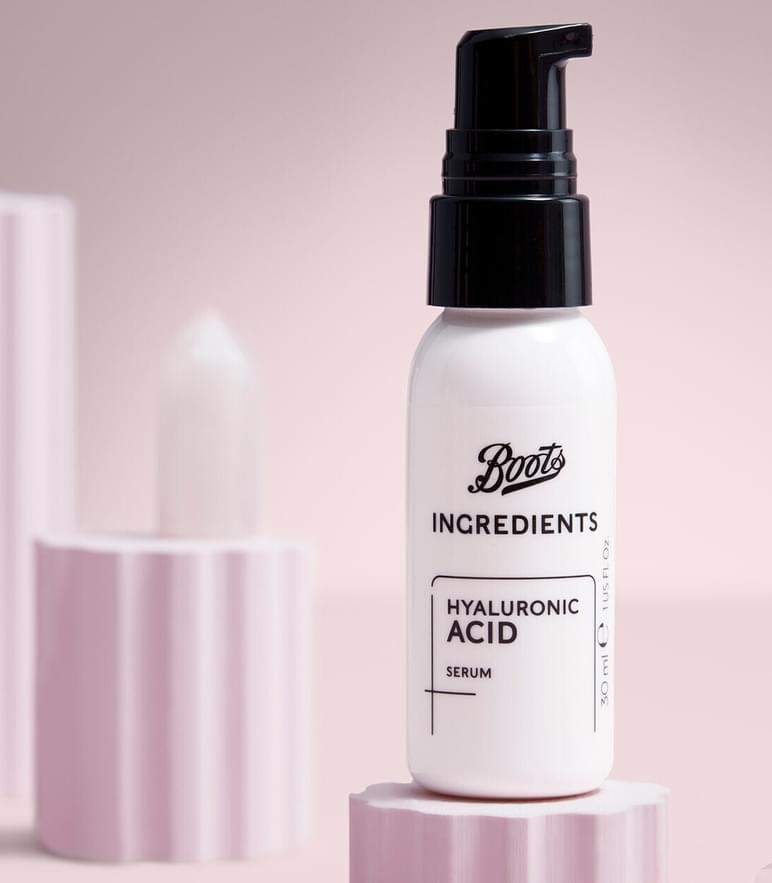
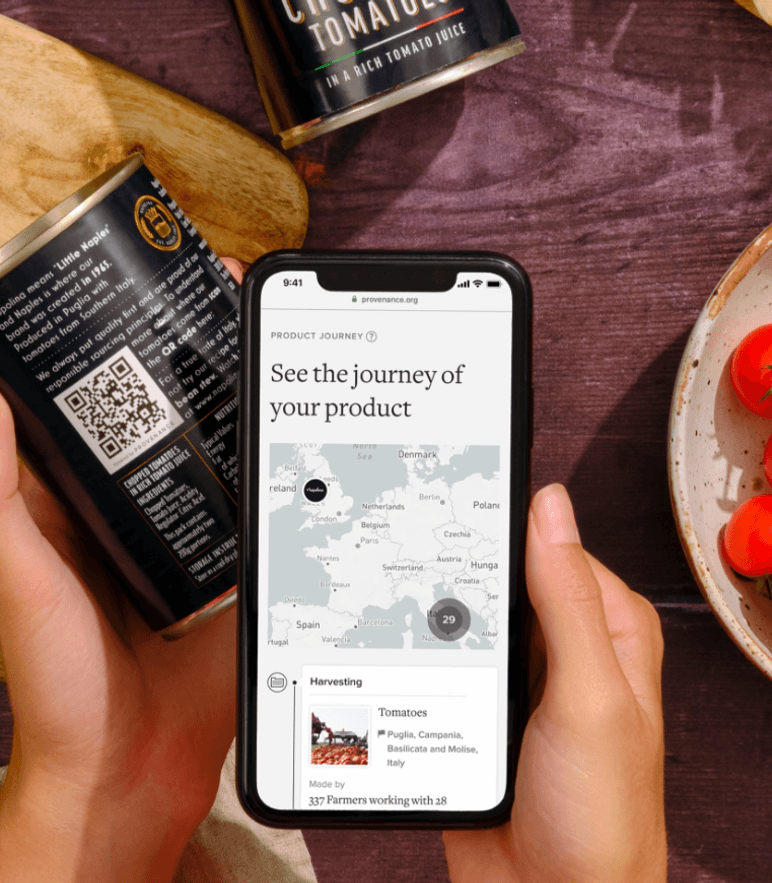
Something big has just happened in the U.S.
Growth in plant-based meat alts has come to an abrupt halt. In the four weeks to October 3, sales were down 1.8%. Many reasons have been offered for this slump, but social media channels are full of conversations about what is in them and how processed they are. There is a growing feeling among these consumers that they have been hoodwinked!
Meanwhile, a comprehensive EU study on the impact of health claims in grocery has found ‘a universal negative reaction’ based upon a potent combination of lack of understanding and lack of trust. “There was a feeling that they were manipulative marketing tricks. Most consumers had no idea that claims were regulated” the study’s authors told Food Navigator.
Trust issues are nothing new, and I am not suggesting that there is a crisis of confidence in our industry. Edelman’s Trust Barometer 2021 shows that our trust in consumer packaged goods is more or less stable. However, sharp falls in trust elsewhere in society – whether in government or media – does have ramifications elsewhere and constitutes a clear and present danger for consumer packaged goods. Large scale manufacturers like Princes are taking a lead, allowing consumers to check the integrity of everyday items. Do not underestimate such measures in guarding trust with your consumers.
In 2022, brands will be well advised to look for new ways to protect trust with the consumer. From the provenance of ingredients to the ensuring that product absolutely delivers against expectation, this is one area not to take for granted.
How can your supply chain be improved so that the source of ingredients and the labor used to cultivate those ingredients is made more transparent and more genuine for consumers?
I truly believe that the pandemic will mean that people will want to derive more from everyday groceries, emotionally and functionally. So, when we consider how we might evolve user experiences, think about it in terms of connection. How do make what you do more engaging?
After all, the pandemic has seen a shift away from ad-funded media, making brand building that little bit harder as we move forward. That means your pack and product will need to do more of the heavy lifting to deliver your brand promise.
Helping brands connect by raising engagement with the human senses is something that MMR will be exploring throughout 2022, so stay tuned! For now, we wish you a happy, healthy, and prosperous 2022.
Insights

06 Jan, 2026
Beyond Trend Hunting: Five Shifts Worth Betting On in 2026
Read MoreInsights
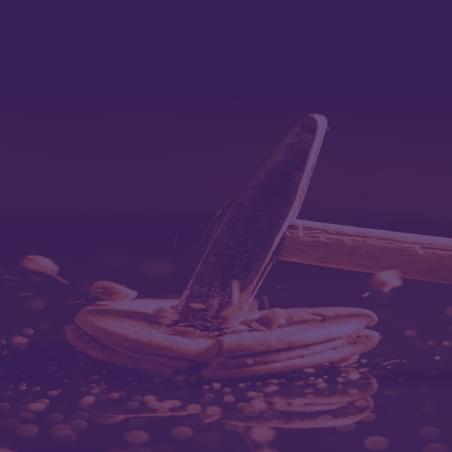
28 Nov, 2025
Five Products: Showing How Sound Shapes Modern Consumer Experience
Read MoreNews

25 Nov, 2025
'If Your Product Updates Don’t Match the Frequency of Smartphone Upgrades, You'd Better Rethink Your Strategy.”
Read MoreIf you'd like to understand a bit more about us or find out how we can help solve your challenges, check out our team's availability and book in a call at a time that suits you.
If you'd prefer to chat over email, fill out your details below and we'll get back to you as soon as we can.